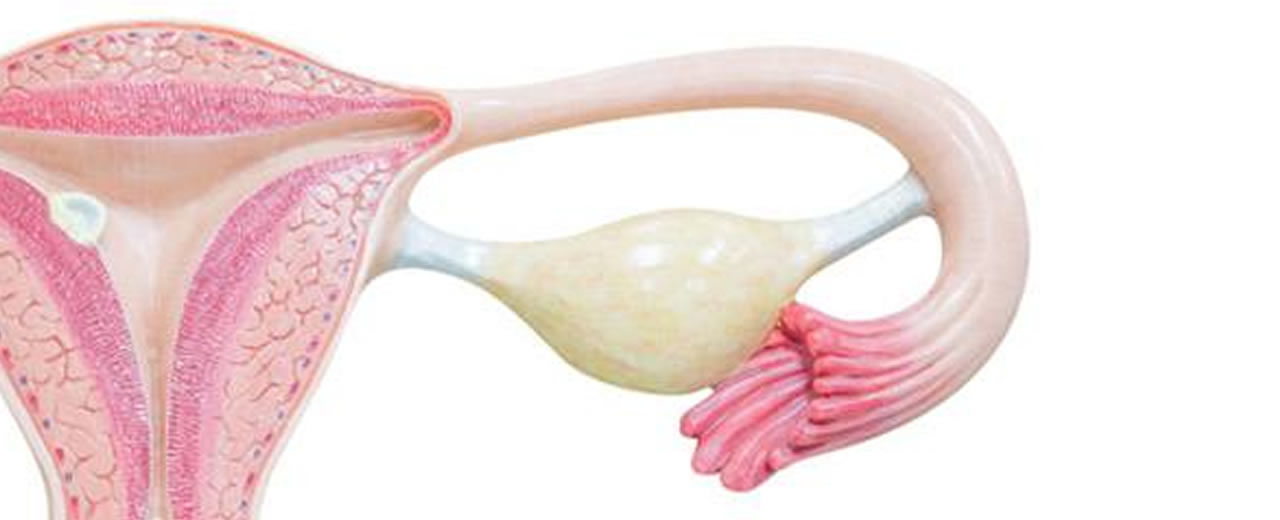We often hear the term "fertility test" without knowing exactly what it refers to. Is there a test that we can do maybe in the convenience and discretion of our personal space, which can show if we can have children? That is, if women have the ability to conceive and if men have the ability to fertilize.
In this area, things are very different in measuring fertility between women and men. For women, the process is long, complex and volatile. For men, things are usually much simpler.

How men can check their fertility
The involvement of the male in the fertilization process is limited to the production of sperm. So since the assessment of male fertility can be based on one factor, we can very easily measure it. This measurement is done either in a laboratory (Sperm Diagram) or with a male fertility test that can be done at home. In both methods, the sperm gets checked by the quantity that is alive and moving. If alive and motile sperm is above the fertility limit (as defined by the WHO), then the sperm is called fertile and therefore can easily fertilize. Sperm production takes place continuously, replenishing the sperm supply and therefore moves the ability of men to fertilize, sometimes up to a very advanced age.

What is the process of female fertility control
For women, things are very different and more complicated. We will try to explain the process of female fertility as simply as possible. Women are born with a certain number of follicles which they "spend" during their lifetime. The follicles are the eggs, and inside there is the ovum, the female gamete. The ovum will be released from the follicle through the process of ovulation and it will have to unite with a sperm, which is the male gamete, in order for the conception to take place, ie the sperm to fertilize the egg.

What precedes in order for the female body to reach ovulation
The follicles are located inside the 2 ovaries, in a very early state. The female body, in order to reach ovulation, uses a number of procedures and hormones to "wake up" some of these follicles, every month, and try to push one of them to ovulate. This ovum must then move through the fallopian tube to the uterus. Inside the fallopian tube should be the sperm, which will try to enter the ovum in order to fertilize it, that is, to inject the male genetic material, which will be united with the female genetic material inside the ovum. If this becomes possible, the fertilized egg will "fall into the uterus", will be attached to its walls (endometrium) and the pregnancy process will begin. If a sperm fails to fertilize the egg in the fertile window, then the uterus will reject it along with part of the endometrial mucosa, through the process of menstruation (period). Medical science has grouped this whole process and has called it the "menstrual cycle".
The cycle lasts about 28 calendar days, although there are much shorter and much longer cycles. Each new cycle begins on the day of the period. That is, the first day of the new cycle is the first day of the period. In addition, each cycle is divided into phases, during which the body does very different tasks, using different hormones.
During the first phase of the cycle, the follicular phase, the body prepares a number of follicles. Ovulation then occurs, as described above. The next phase of the cycle is called the luteal phase and lasts from ovulation until the day of the next period. It is therefore obvious that the measurement of female fertility as an absolute concept is not the result of a single measurement.

What can a woman do to assess her fertility
First, she can do the so-called prenatal tests. That is, to see that all systems are healthy and functional. This is done in the gynecological laboratory and consists of gynecological ultrasound, hormone measurement, salpingography (if needed), etc. If these tests do not reveal any problems, then the only test that should be done while the couple is trying to conceive, is the examination of the day of ovulation. In this sense, ovulation tests can be considered as fertility tests for women as when the ovulation test is positive, it shows if the woman has entered her fertile phase and should then focus her efforts on pregnancy.
So if a woman gets good results from the prenatal tests and her gynecologist, she should detect her ovulation in each cycle and have intercourse in her fertile window. This will greatly increase the chances for pregnancy.
